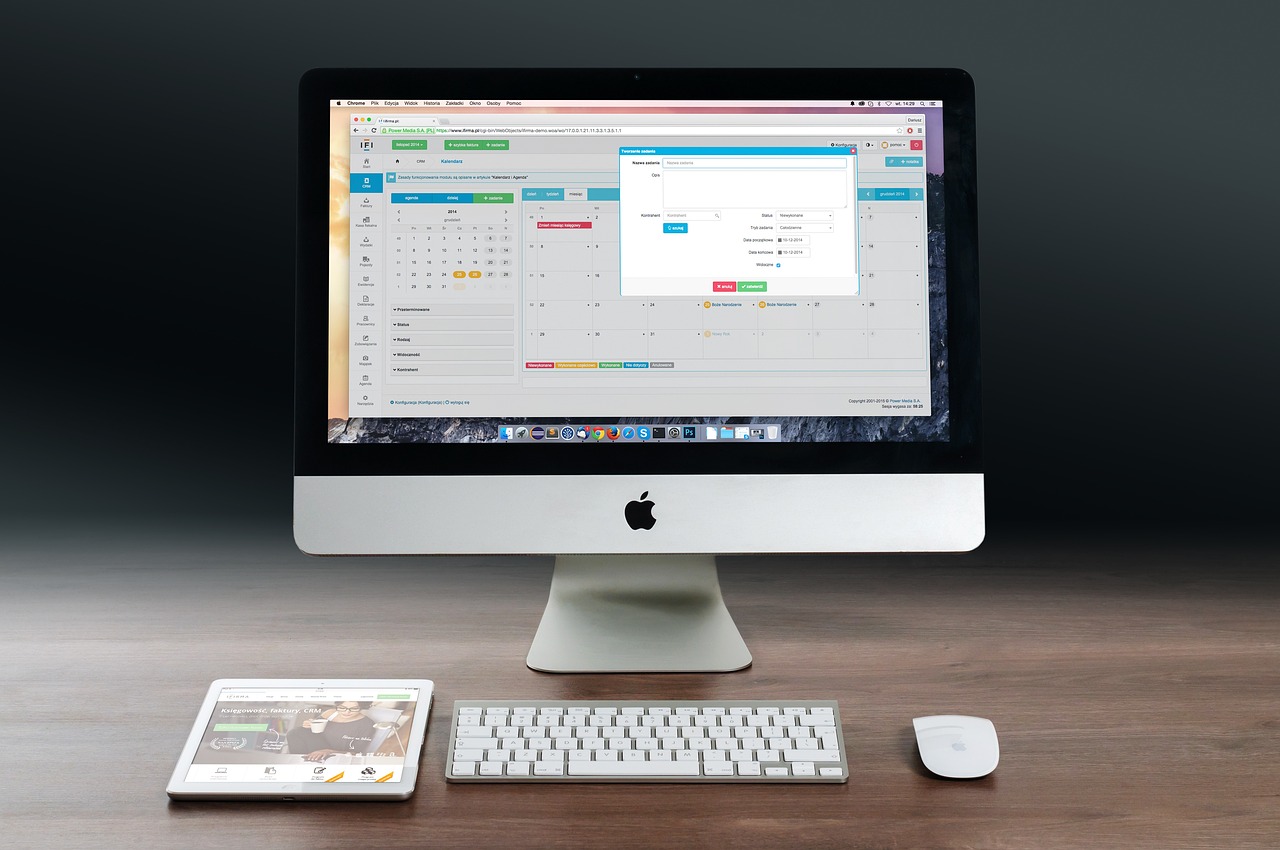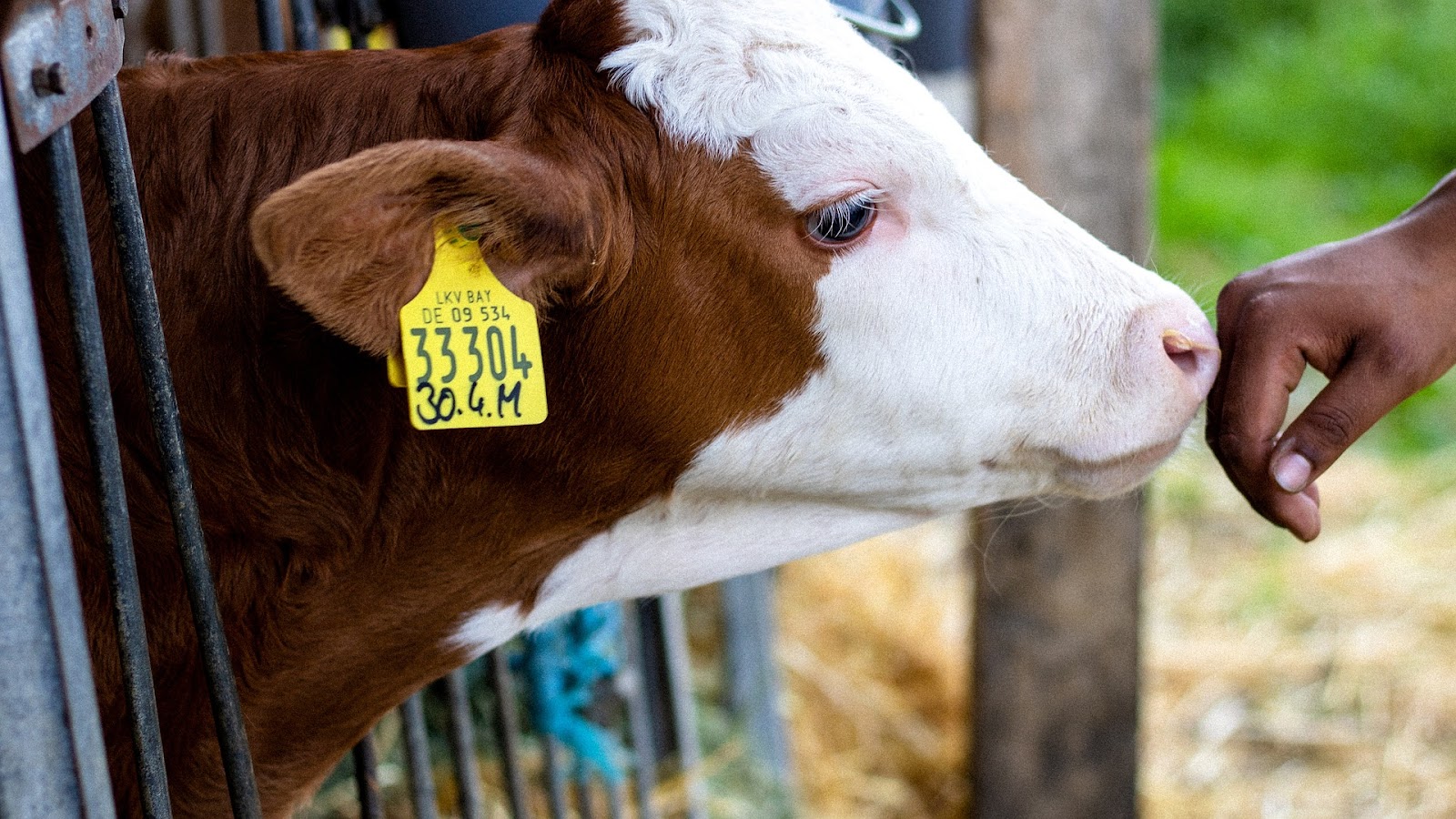Apple Inc. is delving into personal robotics, ushering in a potential shift toward innovative home technology. While the project remains in its infancy, Apple engineers are exploring various avenues, including a mobile robot designed to accompany users within their homes and an advanced tabletop device with robotic capabilities to maneuver a display. These endeavors mark Apple’s ongoing quest for groundbreaking ventures after recent setbacks, including abandoning its anticipated electric vehicle initiative earlier this year.
The exploration of robotics aligns with Apple’s strategic imperative to diversify its revenue streams and capitalize on rising trends in artificial intelligence. With the potential to embed itself even further into consumers’ daily lives, Apple aims to leverage advancements in robotics technology to create compelling products reminiscent of the society-shifting influence of the iPhone and Macbook. However, the specifics of Apple’s approach to this venture remain unsurprisingly, with uncertainties surrounding these products’ feasibility and eventual release.
The robotics endeavors are spearheaded within Apple’s hardware engineering division and its AI and machine-learning group, overseen by industry veterans like John Giannandrea. While executives like Matt Costello and Brian Lynch have been instrumental in driving hardware development, Apple has refrained from committing fully to either project, considering them to be in the preliminary research phase. Investors responded cautiously to the news of Apple’s foray into robotics, with the company’s stock experiencing marginal gains following reports of the initiative. In contrast, shares of iRobot Corp., known for its Roomba vacuum, briefly surged, reflecting investor optimism about the potential of the home robotics market.
Apple’s pivot toward home robotics follows its refocused efforts following the dissolution of its electric vehicle project. Previously, Apple had identified automotive, home technology, and mixed reality as key areas of future growth. With the automotive venture now defunct and the release of its initial mixed-reality product, Apple is redirecting its attention to new opportunities, particularly within the smart home segment.
The development of robotics devices has been met with enthusiasm and skepticism within Apple’s ranks. The concept of a tabletop robotic display garnered initial excitement among senior executives, envisioning innovative features such as mimicking users’ movements during video calls. However, concerns about market demand and technical challenges have prompted internal debates about the feasibility of such a product. Apple’s covert testing facility in Cupertino is the hub for experimenting with future home devices and initiatives. Beyond robotics, Apple is exploring various concepts for the smart home market, including a potential home hub device featuring an iPad-like display.
For Apple, pursuing the “next big thing” has been a central tenet since the era of Steve Jobs. Replicating the success of the iPhone is a formidable challenge, but Apple remains steadfast in exploring new frontiers. Apple’s venture into home robotics reflects the iconic brand’s signature ambition and represents a bold step toward redefining the boundaries of innovation. With ongoing projects ranging from updated Vision Pro headsets to health technologies, Apple is poised to harness its distinguished technological vision and prowess to shape the future of home robotics and beyond.











































































































































































